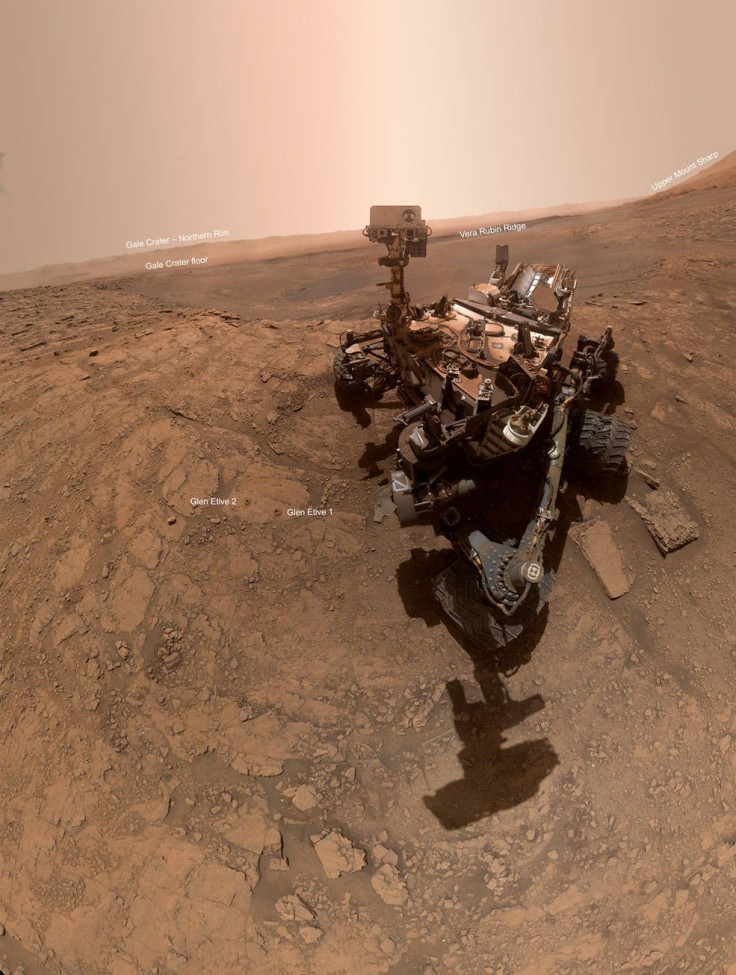NASA News: Curiosity Rover Reveals Oxygen Spike On Mars, BafflingScientists

As it made its way around the Red Planet’s Gale Crater, the Mars Curiosity rover made a discovery about the planet’s atmosphere that has scientists stumped. According to data collected by the rover, the amount of oxygen in the Martian atmosphere jumped by around 30% during the planet’s spring and summer seasons.
“The first time we saw that, it was just mind-boggling,” Sushil Atreya, a University of Michigan professor of climate and space sciences, said about the findings.
Attempts to rationalize this spike yielded few results. Scientists first tried to see if the rover’s detection instruments were functioning correctly, and whether or not carbon dioxide in the Martian air was simply breaking apart and reading as oxygen. Neither hypothesis ended up solving the mystery.
It is also being hypothesized that the change is related to the planet’s variant levels of methane, another mystery that scientists are having trouble explaining. Some seasonal spikes in methane have been as high as 60%. The two gases appear to fluctuate at the same time.
“We’re struggling to explain this,” said Melissa Trainer, a planetary scientist at the Goddard Space Flight Center.
“The fact that the oxygen behavior isn’t perfectly repeatable every season makes us think that it’s not an issue that has to do with atmospheric dynamics. It has to be some chemical source and sink that we can’t yet account for.
© Copyright IBTimes 2025. All rights reserved.





















